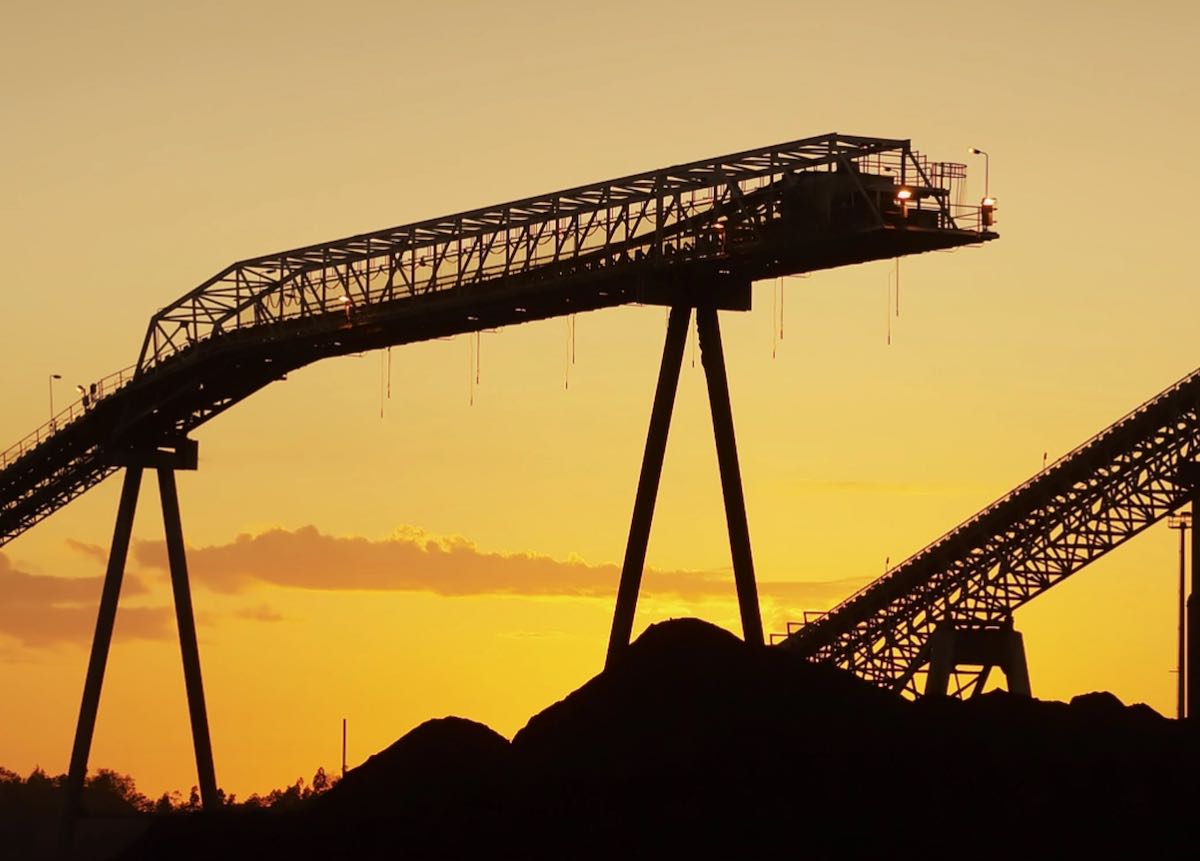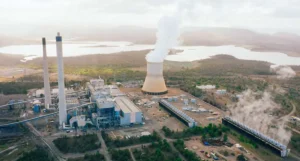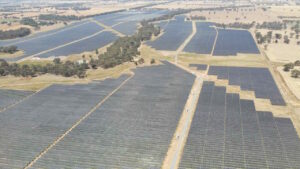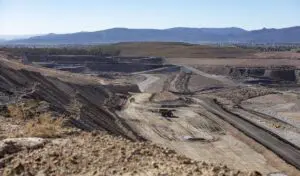The total greenhouse gas pollution created by the 28 coal projects awaiting environment minister Tanya Plibersek’s approval would be the equivalent to keeping all of Australia’s coal power stations running for another 129 years, says The Australia Institute’s (TAI) new Coal Mine Tracker.
All 28 new mine projects and extensions would cumulatively deliver a total of 17.9 billion tonnes of carbon dioxide equivalent into the atmosphere.
Over a 30-year mine life, that means the total yearly emissions – Scope 1, 2 and 3 – given off by 28 mines would touch 580 million tonnes, or 16 million tonnes of direct emissions and another 564 million tonnes of Scope 3, or indirect emissions.
The figures are based on data produced by the companies themselves in application documents, or on averages calculated by TAI, says Rod Campbell, director of research at The Australia Institute.
Which means that if International Energy Agency (IEA) estimates are correct that Australian coal miners likely underestimated their methane emissions by 63 per cent, those figures could be much higher.
“There are projects in there that seem incredibly unlikely that they could go ahead but we need to keep considering them because they’re not dead until they’re dead,” Campbell told RenewEconomy.
“The minister needs to say that some are being bumped off the list because they know they aren’t viable. That would show the government is serious about phasing out fossil fuel production. But while we still have these lists of projects that are unlikely to go ahead, it makes the government look like they want them to go ahead.”
Shining a light on future coal applications
Australia is the fifth largest producer and the second largest exporter of coal, both brown and metallurgical or black, in the world, and has the third largest reserves of coal, according to Geosciences Australia. Exports are forecast to touch $132 billion in 2022-23, due to the coal price surge on the back of the Ukraine war.
In 2019, there were 96 operating black coal mines and three operating brown coal mines, the government agency said.
“Many people have heard of the Adani mine, some know about Clive Palmer’s coal mines, but very few people have easy access to information on the 28 new mine projects that are being assessed right now,” Campbell says.
“New coal mines don’t just suddenly appear on the day they are approved. These processes take years and involve multiple decisions from different parts of government.
“While Australia has lots of new coal proposals, the public receives few details about them and their potential impacts on the climate.”
Dirty methane secret
The 16 million tonnes of direct carbon dioxide equivalent doesn’t appear to loom large within the government’s hard 100 million tonne cap, but the real problem comes from one particular unspoken emission: methane.
A new report by Lock The Gate indicates the full cost of methane emissions from existing coal mines alone: they already take up 43 per cent of that Safeguard Mechanism cap.
The Safeguard Mechanism reforms only control for carbon dioxide and are a key plank of the government’s goal to reduce emissions by 43 per cent come 2030.
Yet methane as a greenhouse gas is 85 times more potent than carbon dioxide over 20 years and is released as a ‘fugitive’ gas when coal is dug up.
Indeed, while the IAE says global fugitive coal methane emissions are underestimated, it also says that to achieve net zero by 2050, the world must slash methane emission by 75 per cent by 2030.
The new federal government last year signed the Global Methane Pledge which commits countries to bring down methane emissions by 7 per cent a year and 30 per cent cumulatively by 2030, and data indicated that Australia was the only country to make progress on this by the Egypt COP 27 conference in November.
However, those goals are not based in reality if the scale of underestimation is as bad as the IEA suspects, which will also dramatically bump up TAI’s base case for the emissions from the 28 coal mine developments currently on Plibersek’s desk.
In Australia, underground and surface coal mines report their methane emissions to the Clean Energy Regulator differently under the National Greenhouse and Energy Reporting (NGER) scheme.
The majority of Australia’s coal mines are surface mines which aren’t required to measure methane onsite and can rely on standardised “emissions factors” to guess how much methane is being emitted, wrote Annika Reynolds and Chris Wright from Climate think tank Ember in RenewEconomy.
Wright says methane intensity targets could create methane reduction equivalent to 29 million tonnes of CO2-equivalent by 2030, or the same effect as stopping every plane in Australia for five years.
Culling methane from coal mine emissions could also be the lowest hanging fruit in Australia: according to the Climate and Clean Air Coalition, coal miners have cheap, ‘ready to go’ technologies that could halve industry methane emissions for about one quarter the price that it will cost farmers.










